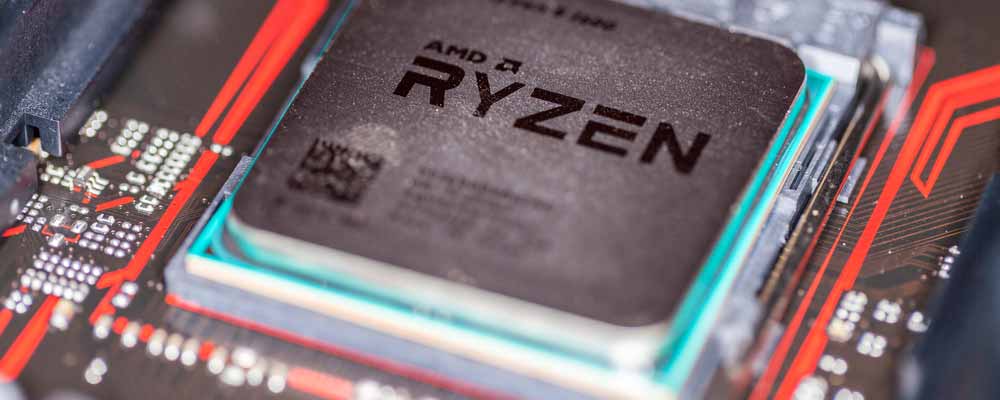“Don’t be mad.”
Interesting first words to hear when you walk into your girlfriend’s house. To top that, the first thing I saw was her holding a piglet.
 It turns out that she had just bought a pig. To my surprise, she bought it with the intention of keeping it as a pet, rather than frying it. That was a little over a year ago, and we still have Charlotte, who has grown from a 10-pound piglet to a barrel-shaped, 150-pound bundle of joy.
It turns out that she had just bought a pig. To my surprise, she bought it with the intention of keeping it as a pet, rather than frying it. That was a little over a year ago, and we still have Charlotte, who has grown from a 10-pound piglet to a barrel-shaped, 150-pound bundle of joy.
As a pig owner, I have done some research on having them as pets. And one specific thing that I’ve read multiple times is that, despite being so well-insulated, they get cold very easily. This is because they don’t have a specific gene, called thermogenin, that is used to generate heat in the body without shivering. This results in millions of pigs on farms freezing to death every year.
But now, with the discovery of a new technology called the CRISPR-Cas9 system, there’s a way to fix that. With this technology, which MIT Technology Review has called “the biggest biotech discovery of the century,” there is a way to add or remove genes to or from any living thing.
Simply put, the CRISPR-Cas9 system is something that occurs naturally in every living thing as a mechanism to fight off potential viruses. CRISPR is basically the method that bacteria use to identify and destroy viruses that have previously occurred in the body. And then Cas-9, a protein that’s part of the CRISPR system, cuts out and degrades that viral DNA.
But what does this have to do with pigs? Recently, scientists in China used CRISPR to edit pig cells, which successfully edited those pigs’ DNA to carry that one gene. Not only does it help the pig stay comfortable, the internal heat that it produces is also a natural fat burner. This produces less fatty meat, making for a healthier product.
Right now, there are several publicly traded companies that dedicate their entire business around this technology. Although these companies are very speculative at this point, they are part of the future of the treatment of diseases. In fact, this entire industry is going to explode over the next eight to 10 years.
Some Extremely Impressive Things
This year alone, CRISPR has been used to accomplish some extremely impressive things. One recent major discovery was the elimination of HIV infection in live animals.
A well-known, dangerous trait of the HIV virus is that it can lie dormant in someone’s body before suddenly activating. But with CRISPR, the DNA that carries this virus, both active (acute) and dormant (latent), was successfully removed from the animals’ genomes.
Another breakthrough was made when this technology was used to battle cancer in mice carrying prostate and liver cancer cells. The actual gene that was targeted to be removed is called MAN2A1-FER, and it is present in humans as well. In fact, it has been found in aggressive forms of cancer in the prostate, liver, lungs and ovaries.
To combat these cancer cells, CRISPR-edited genes were injected into some of them. As a result, the mice injected with the CRISPR genes saw a tumor size reduction of up to 30% with a 100% survival rate, while the mice that were not given the CRISPR genes did not survive.
If these tests continue to be successful, this form of therapy could be the long-awaited cure for cancer, or, at the very least, an alternative to chemotherapy that does not involve the harmful side effects.
The Breakthrough in CRISPR Technology
Last year, the entire CRISPR-Cas9 market’s revenue was $361 million. But by 2025, that revenue is expected to be about $6 billion. That’s over 1,500% of growth in just nine years.
And a stock in this industry that really caught my eye is Crispr Therapeutics (Nasdaq: CRSP).
Crispr Therapeutics is a small company that has only been publicly traded for about a year. However, it is completely dedicated to this highly anticipated field of gene editing. Of course, this is an industry in its beginning stages, so right now everything that Crispr does is still in the testing phase; it has no commercialized products.
However, it does have some very important projects in the making. Its most advanced treatment right now is called CTX001. Crispr’s goal is to be able to use it to treat blood disorders called beta-thalassemia and sickle cell disease.
Both diseases are cause by mutations in the same gene. Together, they are found in almost 400,000 births per year, require major and frequent amounts of treatments, and have high mortality rates. By the end of this year, Crispr is on track to begin clinical trials to test this treatment on beta-thalassemia.
Crispr also has two very important partnerships with pharmaceutical giants Bayer and Vertex — these companies are worth tens of billions of dollars and have plenty of money to fund companies like Crispr’s operations. In fact, Crispr has received over $5 million last year and is on pace to receive $14 million this year through collaboration revenues from these companies.
While revenue at this point in Crispr’s life cycle is not a big deal, it’s still very important to note that it is receiving this type of funding. In addition to this, it has $272 million of cash in the bank.
The breakthrough in CRISPR technology could also serve as an important method of treatment in precision medicine. For more information on precision medicine, you can watch Paul ’s introductory video by clicking here.
Regards,

Ian Dyer
Internal Analyst, Banyan Hill Publishing
Editor’s Note: Wall Street and former “1%” clients are bound to hate Paul ’s video and try to ban it. After all, this is the type of recommendation Paul used to give to his billionaire clients … so there’s just no saying how long the video will be available. That’s why I urge you to take a few minutes to learn Paul’s secret to stock market riches and get his No. 1 stock to buy right now. Click here to watch the video while you still can.









